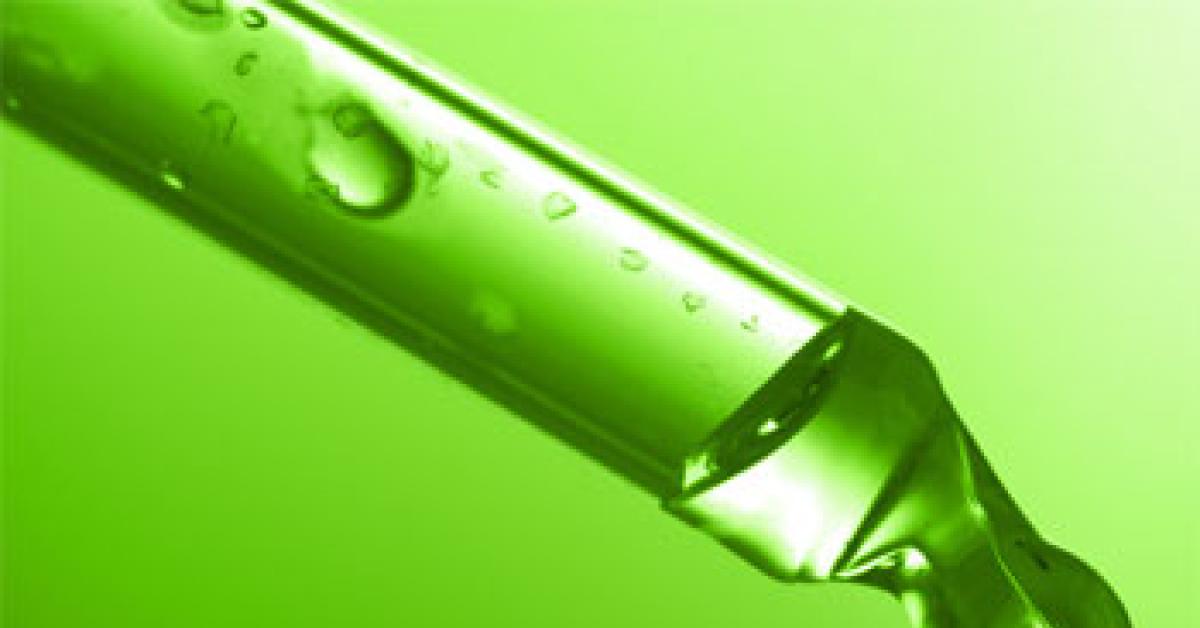CONCORD, N.C. — There are times when quality stain removal comes down to a series of little things. And there are times when the difference in returning a garment to the customer with traces of the stain vs. exceeding the customer’s expectations hinges on applying a slightly different tool or technique.
Here are some items that you can add to your stain removal toolbox easily and inexpensively:
COTTON SWABS
Cotton swabs are a helpful addition to any spotting board. These swabs are absorbent and free of pigment. By lightly rubbing a slightly damp swab on a garment or its trim, you can test dyes for bleeding.
Cotton swabs are ideal for applying bleaches (especially titanium dye stripper) at the spotting board. A swab will allow you to remove fugitive dye in close areas without fear of drips or contacting undesired areas.
WOODEN TOOTHPICKS
A wooden toothpick allows a spotter to precisely apply a minimum amount of bleach/dye stripper. It can be used to great advantage to restore your customer’s garments and to enhance your reputation.
On those occasions when dye from dark trim “wicks” into the surrounding light area, the patient use of a toothpick dipped in bleach or stripper can restore the garment. To use at the spotting board, pour a small amount of bleach or stripper into a small, shallow container (I usually use the cap from an empty gallon jug). Dip the toothpick into the cap to allow the liquid to soak into the wood. Lift the toothpick straight up and allow a drop of liquid to fall back into the cap. Apply the liquid from the toothpick to the stained area, then flush that area with steam.
When working on fragile items, as well as when working in tight quarters, it is best to wipe the toothpick on the side of the cap to remove even more excess chemical before using the toothpick to apply the bleach or stripper to the stain.
MAGNIFYING GLASS
It can be to your advantage to have a magnifying glass near your spotting board. My glass has its own light, but any magnifying glass will give you a much clearer view when you are having trouble identifying a stain. There are circumstances when paint, blood or chocolate can look a lot alike. It is also frustrating to waste time on a splinter or an out-of-place thread.
SCISSORS
Scissors have a place at the spotting board. When a customer brings in a suit jacket or blazer with a big glob of ink in the bottom of the inside pocket, you may choose to recommend cutting out the glob of ink to ensure that the ink does not spread to the outside of the jacket during cleaning and spotting.
When you wish to verify the fiber content of a garment by doing a burn test, use the scissors to remove a sample from an inside seam.
TWEEZERS
You will find many uses for tweezers. The most common use is to remove those out-of-place threads that work their way to the outside of the garment. Another use is to hold the fiber sample cut from an inside seam when doing a burn test.
LATEX GLOVES
Latex gloves should be kept near the spotting board. When using rust remover, latex gloves will protect your hands and fingers from the harshness of this aggressive chemical tool. There will also be those occasions when a garment is stained with something with which you are hesitant to risk contact, for various reasons. Latex gloves will allow you to handle garments such as those with a level of comfort.
TOWELS
White towels have many benefits at the spotting board. A towel should be placed under any item that is being spotted for rust, even when using oxalic acid rather than hydrofluoric acid.
Place a white towel under large ink stains when spotting dry side so that the loose ink sinks into the towel instead of spreading out to the side. To reduce the chance of yarn slippage while working over the soft towel, you should drastically reduce or even eliminate mechanical action until you can return to working over the solid portion of the spotting board.
When spotting inks on the wet side, place the white towel over the vacuum nose of the spotting board to draw a large volume of ink down, thus reducing the size of the “ring” left by steam spotting.
HANGING ROD
You should have a way to hang garments above and just in front of the vacuum nose of the spotting board. When it is necessary to spot after finishing, this will eliminate placing the garment under the spotting board, wrinkling, and having to return the garment to the finishing department.
Hanging a long garment simplifies spotting by keeping a majority of the garment out of your way while you deal with the lower portion of the garment.
All of these little things can combine to make the job of the stain-removal specialist easier and much more effective.
Have a question or comment? E-mail our editor Dave Davis at [email protected].

